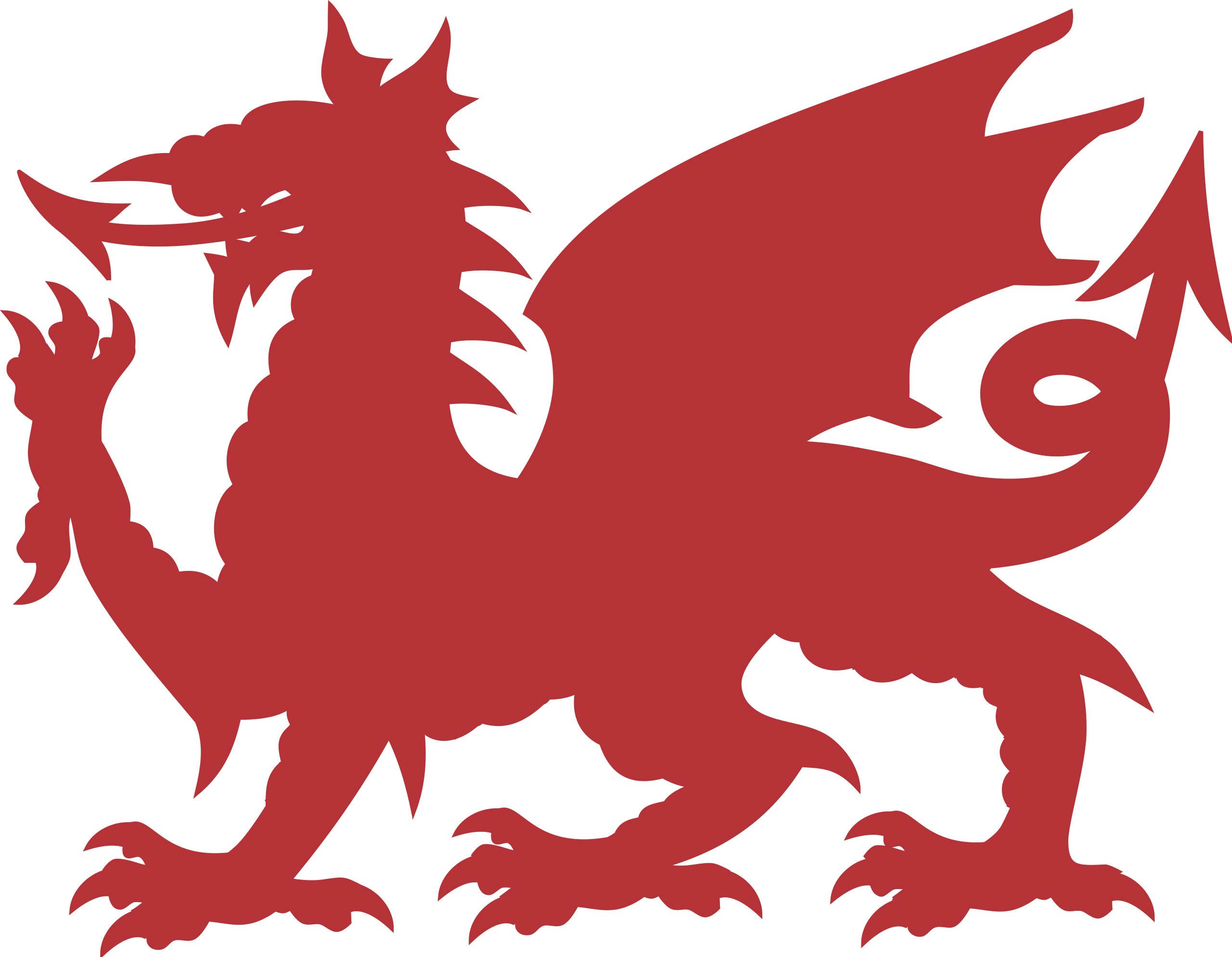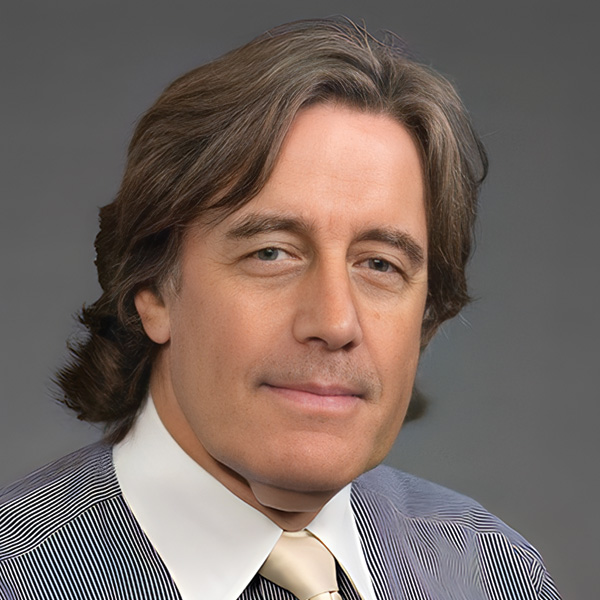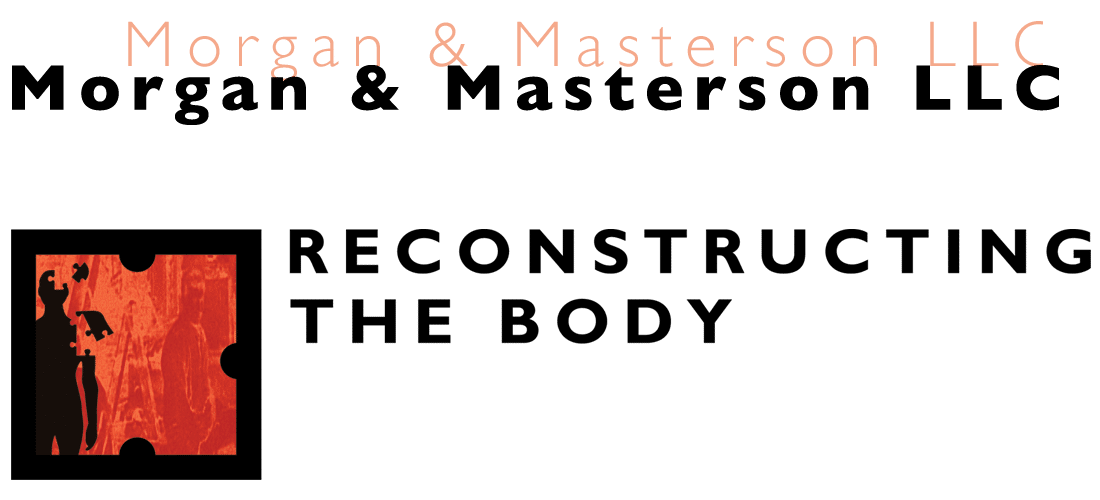Morgan & Masterson Consulting
Communication and Dissemination Strategies
Communication and Dissemination Strategies
As emphasized in various sections of this website, especially in the introductory piece on ‘The Importance of the Written Word’, dissemination of work, whether scientific, literary, or other, is usually best achieved by writing, and preferably with writings that are archived. Different situations, however, may require different forms of communication, which includes oral delivery, usually to targeted audiences. We have invested heavily in this format of dissemination. Usually, outside of social media platforms, oral delivery sessions are not recorded, so there is little possibility of proper archiving, or inclusion of material on a website such as this. Our activities have included short courses, young scientist forums, guest lectures at universities, consensus conferences, satellite meetings attached to major conferences, and debates.
I will describe the latter event first, since it is the best. I have to say that, at the beginning of this millennium, I was getting tired and somewhat frustrated by conventional conferences and congresses. These had become major fund-raising events, used to ‘enhance’ CVs but without much substantive interactions; questions at the end of a powerpoint presentation usually concerned matters of experimental detail, and very little science was actually debated. Peggy, whose background was in foreign languages and library and information sciences, really could not identify any rationale for conferences. We decided, therefore, to offer conference organizers a plenary debate session, where I, as chair, would invite a small number of experts to debate a relevant and topical subject. The ground rules were that no slides were allowed and each speaker was allocated a certain number of minutes which could not be exceeded. The debate followed the British format, sometimes referred to as the Cambridge style, usually with two speakers on either side, one side being for a motion and the other against, the motions starting with the classical ‘This house believes that…’ The speakers were advised to be informative, educational, and witty. A vote was taken at the end, with myself being the sole teller. Our first debate was held at the World Biomaterials Congress in Amsterdam, 2008, followed by TERMIS-EU meetings in Galway, Ireland and Davos, Switzerland and the World Biomaterials Congress in Chengdu, China. These debates were hugely successful and audiences filled the largest lecture theatres. No-one ever declined an invitation to participate, even when they knew my last ground rule; once they agreed to take part, but not before, I told them which side they would be on.
Perhaps the second most satisfying occasions were those in which I gave mentoring presentations to young scientists on how to publish their work in top scientific journals; these largely took place in Asia, from Kathmandu to Shanghai and Taipei. I was the Editor-in-Chief of the top journal, Biomaterials and to get a paper accepted in the journal was a major achievement. Often these sessions were given in prestigious universities where I would then give guest faculty lectures. These locations included Beijing’s Tsinghua University, Shanghai Jiao Tong University, Taipei Medical University and the University of Sydney. Communications such as these in China were very powerful, but their attractiveness was later tempered by strained academic relationships between China and the USA.
Sometimes, satellite meetings associated with major conferences were important occasions, perhaps the most relevant being the Xi’an conference, ‘the World Summit on Regenerative Medicine, 2013, which Peggy and I organized (in Xi’an, China) as a preamble to a TERMIS-AP conference in Shanghai. At this invitation-only meeting, some 60 of the world’s most significant leaders in this emerging field discussed the barriers to the development and implementation of regenerative technologies. In a similar manner, I organized several consensus conferences that debated, and drew conclusions about, key topics. These mostly concerned definitions in biomaterials science and regenerative medicine, the outputs being included in the science section of this website.
Finally, I have to mention short courses, which have become unfashionable of late. About 20 years ago, I received extensive funding from the European Commission to organize a series of short courses on biomaterials science across the continent. Over 5 years I personally delivered 20 three-day courses in different cities, usually with a couple of local faculty, all with different themes and in places as far apart as Dublin, Ireland, and Patras, Greece, to Stockholm, Sweden and Madrid, Spain. I know, from meeting some of the delegates at later conferences, that these had a significant impact on young scientists.
Overall, I can say, with some satisfaction, that these global attempts at scientific communications were powerful additions to the written word that I have focused on in several sections. The future of such formats may well in in doubt, as the impact of Covid on travel and the rise of remote formats such as Zoom, have caused many people to seek alternative methods of dissemination. I still think that they have their place, but I would say that, wouldn’t I?
Morgan & Masterson Consulting
We offer global, high-level consulting for scientific and infrastructure aspects of cutting-edge medical technologies.
Our Expertise
Work with Us
We are commited to making a global impact and providing cost-effective solutions.



